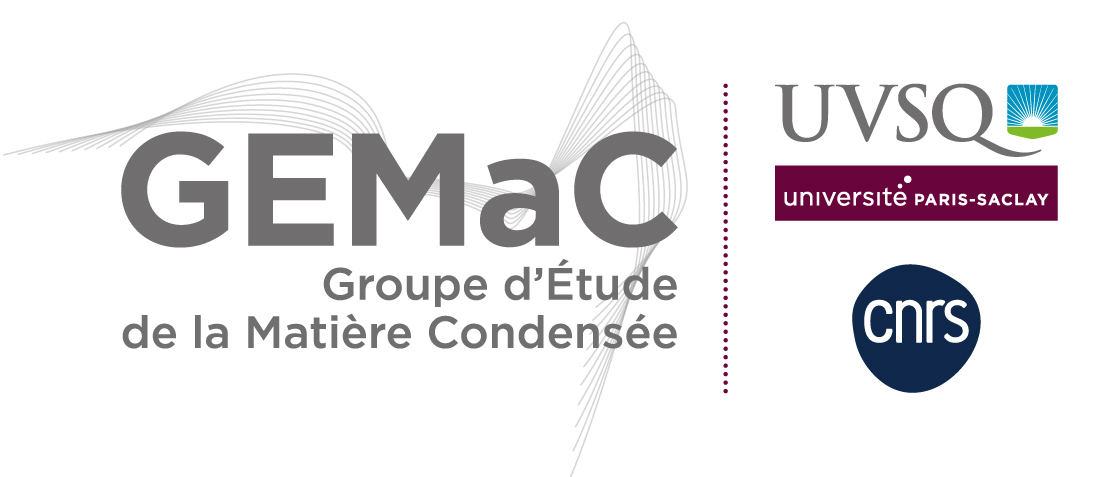Vous êtes ici : GEMACFRSéminaires et colloques
- Partager cette page :
- Version PDF
Photostimulated Solid State Synthesis of Functional Oxides Materials
par Alexander SHENGELAIA, from Department of Physics, Tbilisi State Unviversity Georgia
Most of the technologically important oxide materials are usually obtained through solid state reaction. This implies long-term (for tens of hours) heating of reactants in powder form at high temperatures (800º-1200ºC) in furnace, which is a highly time and energy consuming process. Moreover, the long-term high temperature synthesis may result in deviation from stoichiometry and other unwanted side effects. Therefore there is a significant worldwide effort to develop technologies to considerably reduce the solid state reaction temperature and time.
We report a novel kind of synthesis method for oxide materials, which involves the intense irradiation of the powder mixture of the starting oxides by light at elevated temperature. Different superconducting and magnetic oxides were synthesized using this method. It was demonstrated that light irradiation leads to a dramatic increase of the reaction speed and a lowering of the reaction temperature. The rate of the resulting reaction exceeds the conventional thermal solid state reaction rate in furnace by about two-three orders of magnitude. The photostimulated solid-state reaction (PSSR) method demonstrated is quite general and opens up the possibility of fast synthesis of a wide range of technologically important bulk and thin-film oxide materials.
In this talk I will also present results obtained in collaboration with GEMaC teams by using Electron Paramagnetic Resonance (EPR) and Ferromagnetic Resonance (FMR) techniques. This includes the application of the electrically modulated FMR method to study magnetoelectric coupling in Bi3Fe5O12 thin films grown at GEMaC. Significant magnetoelectric coupling was found for the first time in this material even above room temperature. EPR measurements of the thin films of Mg-doped CuCrO2 transparent conductor will be also discussed.
- Revenir à la liste complète des séminaires





